Giulio Paolini: The fate of art today? To be abstract with respect to a pressing reality
On Sept. 15, in the sumptuous spaces of theWestin Excelsior Hotel in Rome, the names of the winners of the Praemium Imperiale, a prestigious award, among the most important prizes for contemporary artists in five artistic disciplines: painting, sculpture, architecture, music and theater/film, were announced at the same time as five other cities (Paris, London, Berlin, Tokyo, New York). The winner is due 15 million yen (about 105,0000 euros) and a medal, which will be presented at a ceremony in Japan next October. The prize throughout its history has honored great personalities: Willem De Kooning, Jasper Johns, David Hockney, Anselm Kiefer, Renzo Piano, Martin Scorsese, and Riccardo Muti, to name a few.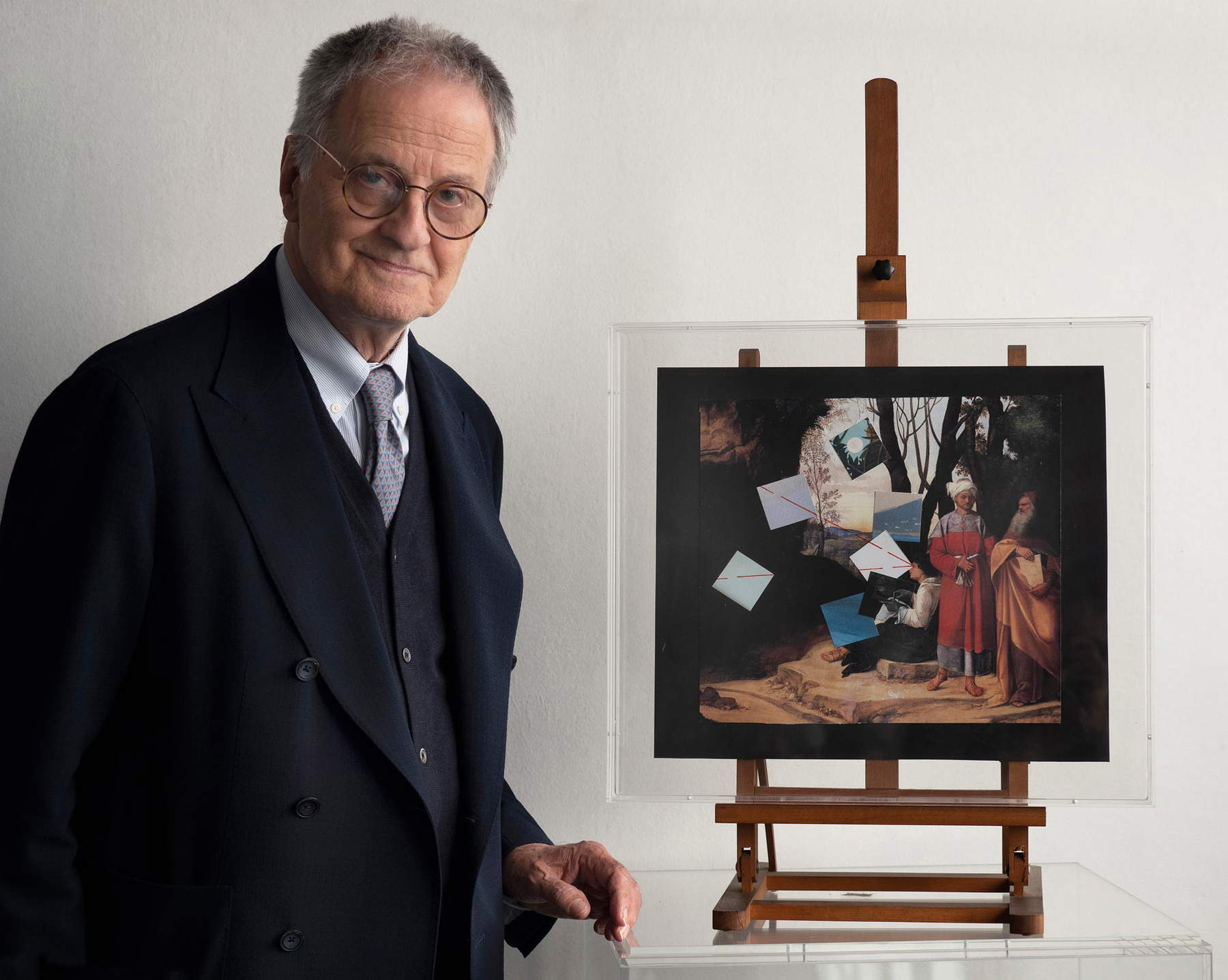
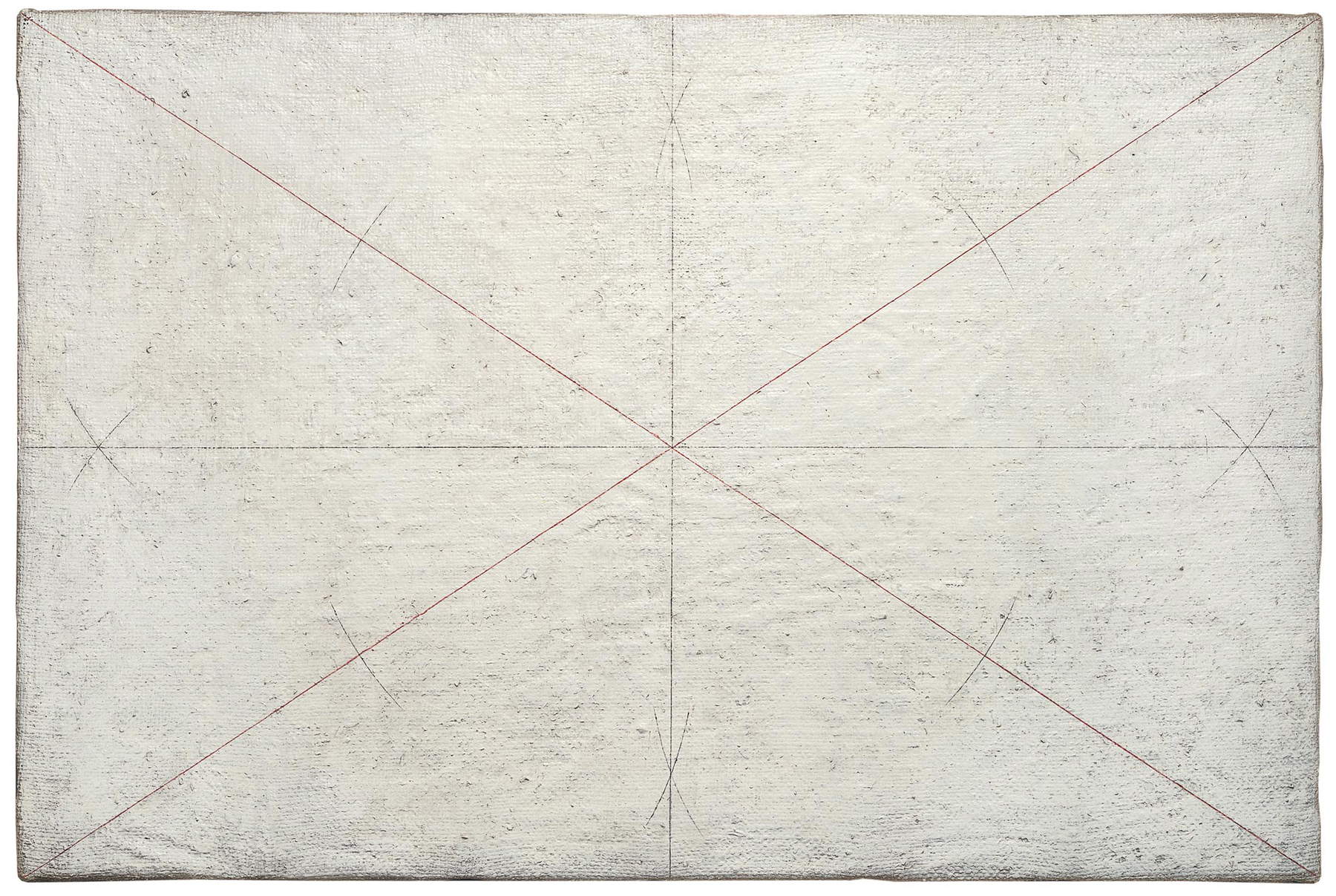
Artists are chosen by a committee of distinguished figures, including Yasuhiro Nakasone, William Luers, François Pinault, Chris Patten and Klaus-Dieter Lehmann, and Ilary Clinton. Also completing the board was Lamberto Dini, who in the very halls of the Via Veneto Hotel, in addition to announcing the winners for the various disciplines, presented the award-winning artist for painting, who this year is an Italian painter. The last among the Italian artists to win it was Giuseppe Penone in 2014 awarded for sculpture, while it is from the previous year the last Italian painter awarded; in fact, in 2013 the recognition fell to Michelangelo Pistoletto, who was only the second Italian to win it, after Castellani.
To these, Giulio Paolini, winner of the Praemium Imperiale 2022, is now to be added. The artist’s name, according to Dini, has been strongly supported by the Italian committee for numerous years. Paolini, born in Genoa in 1940, turned towardconceptual art and while still very young participated in numerous exhibitions of theArte Povera group, a movement promoted by critic Germano Celant. But compared to that handful of Piedmontese artists, Paolini maintained his own original research that distanced him from the poverist tendencies. Paolini took part in many of the most renowned exhibition occasions, with several participations in the Venice Biennale, the Kassel Documenta, the São Paulo Biennale, the Paris Biennale, as well as several group and solo exhibitions in some of the most important museums in the world. A long and prolific exhibition activity that confirms how Giulio Paolini, rightly inscribes himself among the most influential masters of the Italian scene and not only, and that sees in the Praemium Imperiale a further recognition.
During the proclamation ceremony Paolini, before lending himself to questions from the press, made a point of remembering French director Jean-Luc Godard, who passed away a few days ago and who also won the award in 2002, and who has always been one of his important references, along with Wim Wenders, the freshly nominated winner of the Premium for the cinema category. The artist, who recently closed the exhibition When the Present at the Museo del Novecento in Florence, unveiled some of his future plans: "I am preparing an exhibition, a solo show, which will be held at the Accademia di San Luca in Rome, and which honors and engages me intensely,“ he said. ”The exhibition will have as a reference point the idea and the history around the concept of the academy. With all the uncertainties that the issue implies, I would like through the works to make a contribution to what is a somewhat disused term from the past that should be rediscovered and repracticed." So it will be the historic institution founded by Federico Zuccari in 1593 that will host Paolini’s next exhibition project, which intends to put at the center of his reflections the institution that for centuries has been a compulsory stage in the artists’ training path, only to be strongly criticized and deprived of its power by contemporary artists. “The choice to dwell on the idea of the academy is conscious of being a bit anachronistic, perhaps out of place,” Paolini explained “Art today is drawn to and referred to new techniques of communication, and the academy is almost an archaeological datum. But not buried. It must, like all archaeological findings, be acknowledged and at least rediscussed. In my opinion, there is a different potentiality from the past, but it can regenerate itself in this terrain as arduous and specialized as art, so why not try?”
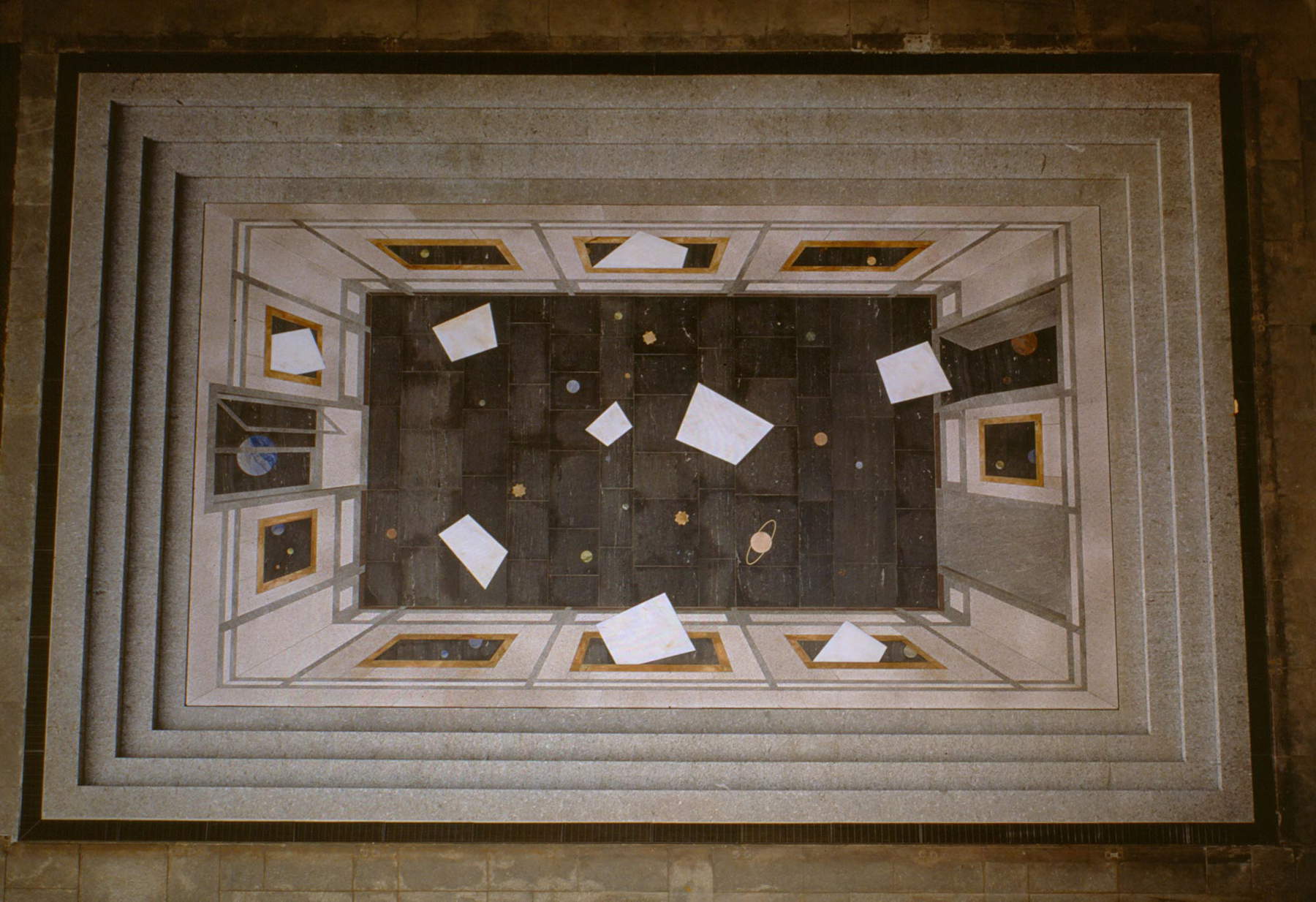
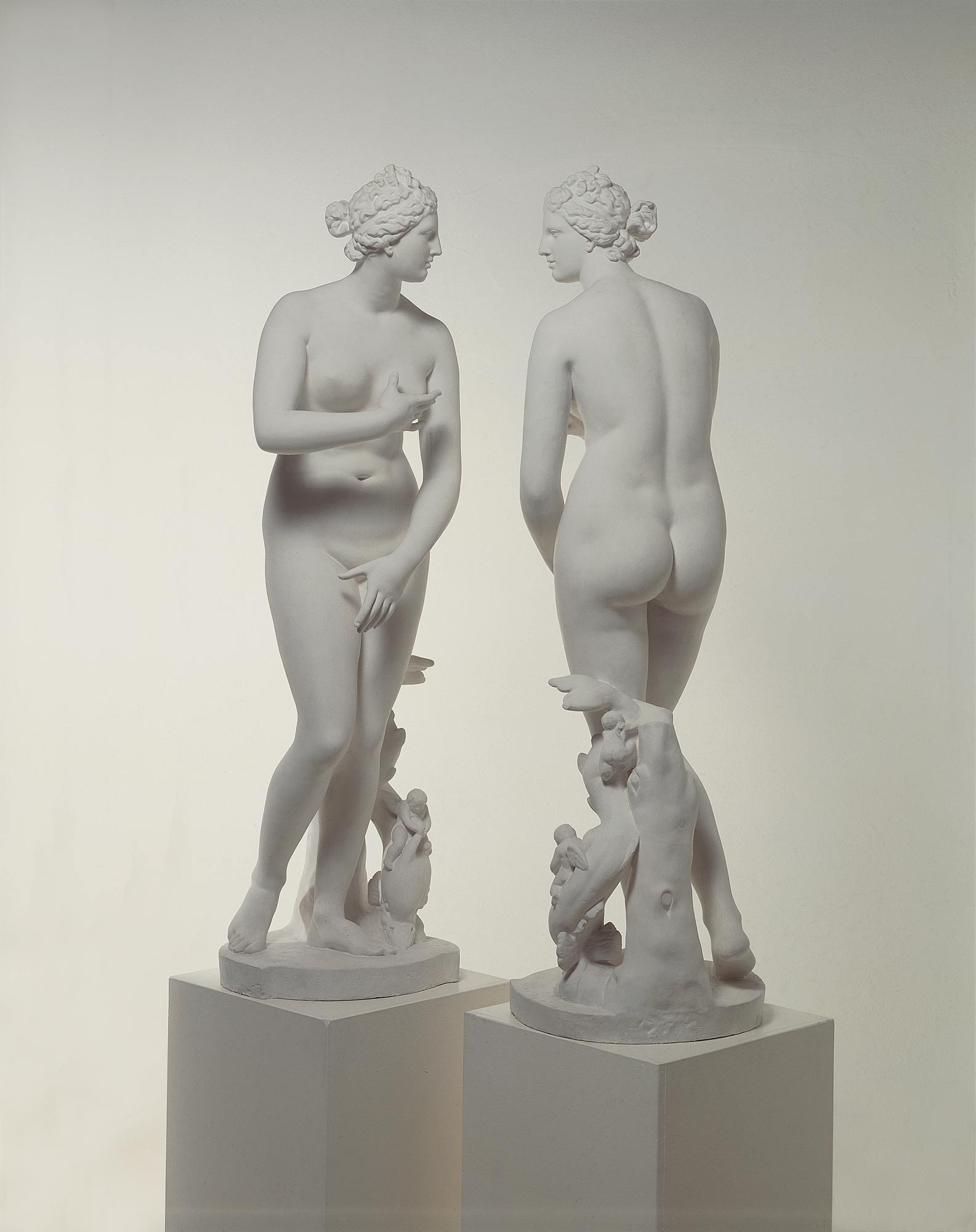
The choice to confront academia, rules and canons is, according to Paolini, a passage that often marks the career of many artists. Already Giorgio De Chirico went from a bare and essential painting like that of his metaphysical paintings, to a painting at least, deliberately perfect, dripping with craft and knowledge. “From an essential nudity, one arrives at an impatient search for richness.” And even Paolini himself warns that the youthful works, characterized by an essential and concentrated vocation, have with later life devolved some of that rigor to “enrich themselves and in some way, please themselves.”
The academy, after all, is inscribed in the personal quest that has engaged Paolini since the dawn of his production. Indeed, the artist has made reflection on the alphabet of art his personal stylistic signature. Analytically investigating numerous of its components, from the constituent elements of the painting, to the tools of the artistic process, the mechanisms of fruition and display, to the spaces of representation, then pushing this close confrontation continuously in contact with the great history of Western art.
And precisely on the role of the art user, Paolini expressed his opinion, “I want to respond by taking the word of the art and not the artist. Art, if I may speak for it, is not concerned with the observer, art does not observe, observation is a one-way street, it is the viewer who watches it. In my idea, art has no obligation, it goes its own way. Art is beyond that door, it does not listen to us or take an interest in us.” The artist went on to explain his idea about the nature of art itself, “It has its own course that is autonomous, this I firmly believe. Art mostly looks at itself and its history. It says presumptions about a future that is not yet there, but that nonetheless concerns it. Certainly, the language of art is connected to life and the world, but it always maintains a memory and its own perspective, which are somewhat skeptical of the things we live and see every day. The temptation of art as language is to penetrate itself, to grasp the more implicit aspects and not the more explicit manifestations.”
Solicited about the discussion around the art market, Paolini believes that a debate with several voices would be needed, but certainly the market “is not a devil as some seem inclined to define it. Certainly it is an issue that is very susceptible to gratuitous influences and variations.” The artist prefers not to deal with it, since it is extremely unstable, and he does not want to take a position on it either by demonizing it or believing it to be an absolute truth, since, like everything today, it is susceptible to different variations, twists and complications. Instead, he questions the correspondence between quotations and the value of an artist, the latter in his opinion not assessable: “The market overpowers us, but not only the art market.” At the end of the press conference, we had the opportunity to explore some issues with the artist, whom we thank for his availability and generosity in his answers.
JS. You have just won the prestigious award sponsored by the Japan Art Association, in this regard do you think that your production shows a certain consonance with Eastern philosophies, after throughout your long career you have investigated the spiritual dimension in depth with your works, evoking meditative and silent spaces?
GP. My authorial inclination has always been somewhat untethered from the things of the world, to devote myself rather to those of another world; the imagination, for example, which pervades the soul of every artist. In this sense I am somewhat of a counterbalance to the winner of the sculpture prize, Ai Weiwei, who instead is all about bearing witness to his personal life.
You won the prize for painting, although you have then largely explored different techniques and mediums, painting throughout art history has for long periods covered the preeminent role among the arts, often dictating dispositions to the others that rushed to follow. But what is the situation of painting in contemporary art today? Does it always have a role of supremacy or subalternity?
We need to understand the term painting. If we understand painting as the use of the brush and thus the implementation of something drawn or painted on the surface, certainly in this sense the term painting is challenged, and not only from today. Because it has ceded the initiative to different techniques, to sometimes contradictory attitudes. If, on the other hand, we mean by painting in general visual art, which includes at this point also sculpture, photography and film, because the visual arts have related in different declinations, I believe that these different modes converge in a kind of common destiny and function, which is to be particularly abstract with respect to a reality that is increasingly pressing and that seems to express itself rather through advertisements and media. Painting, on the other hand, tends toward a detachment that brings it ever closer to its linguistic roots than to the objective appearances of life.
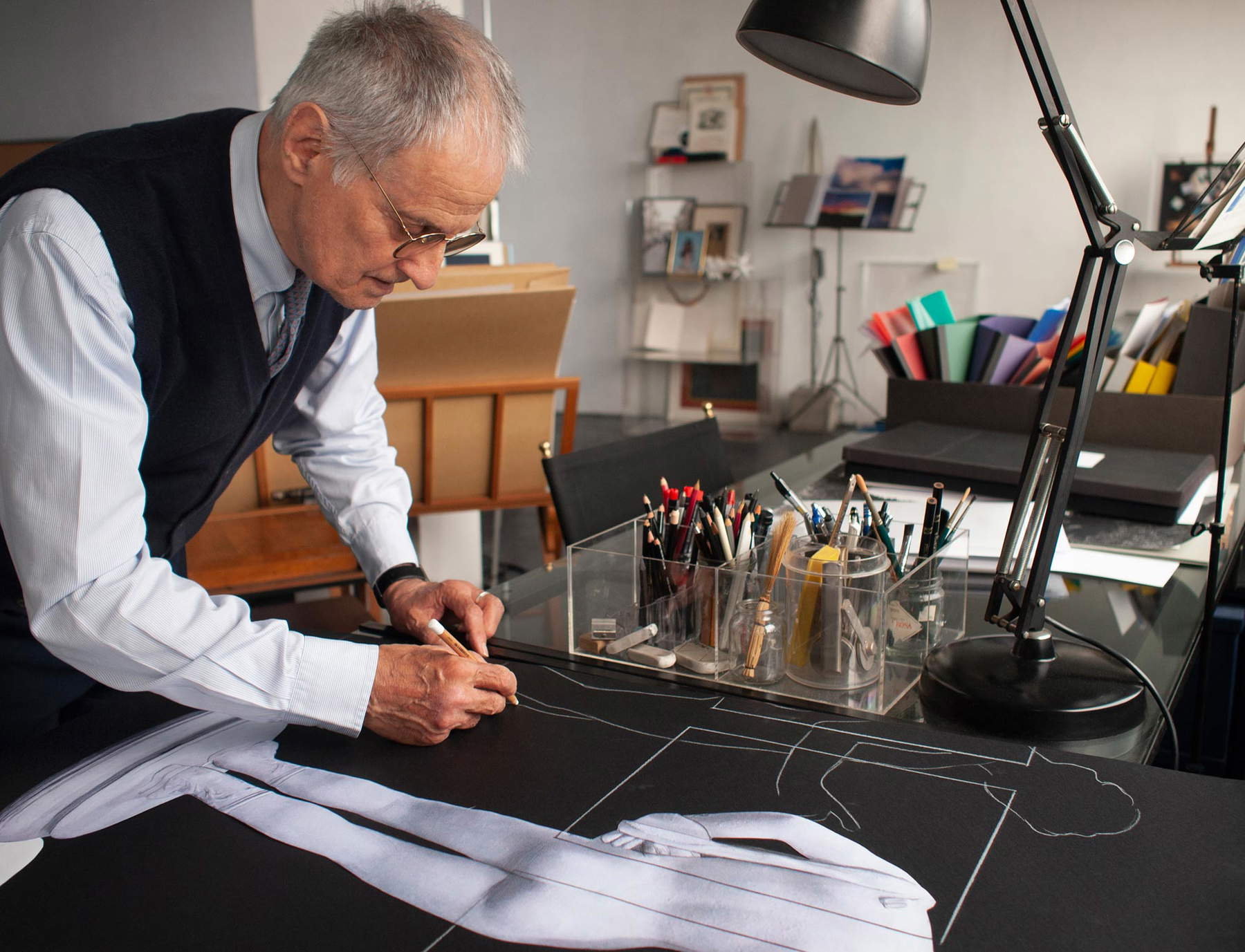
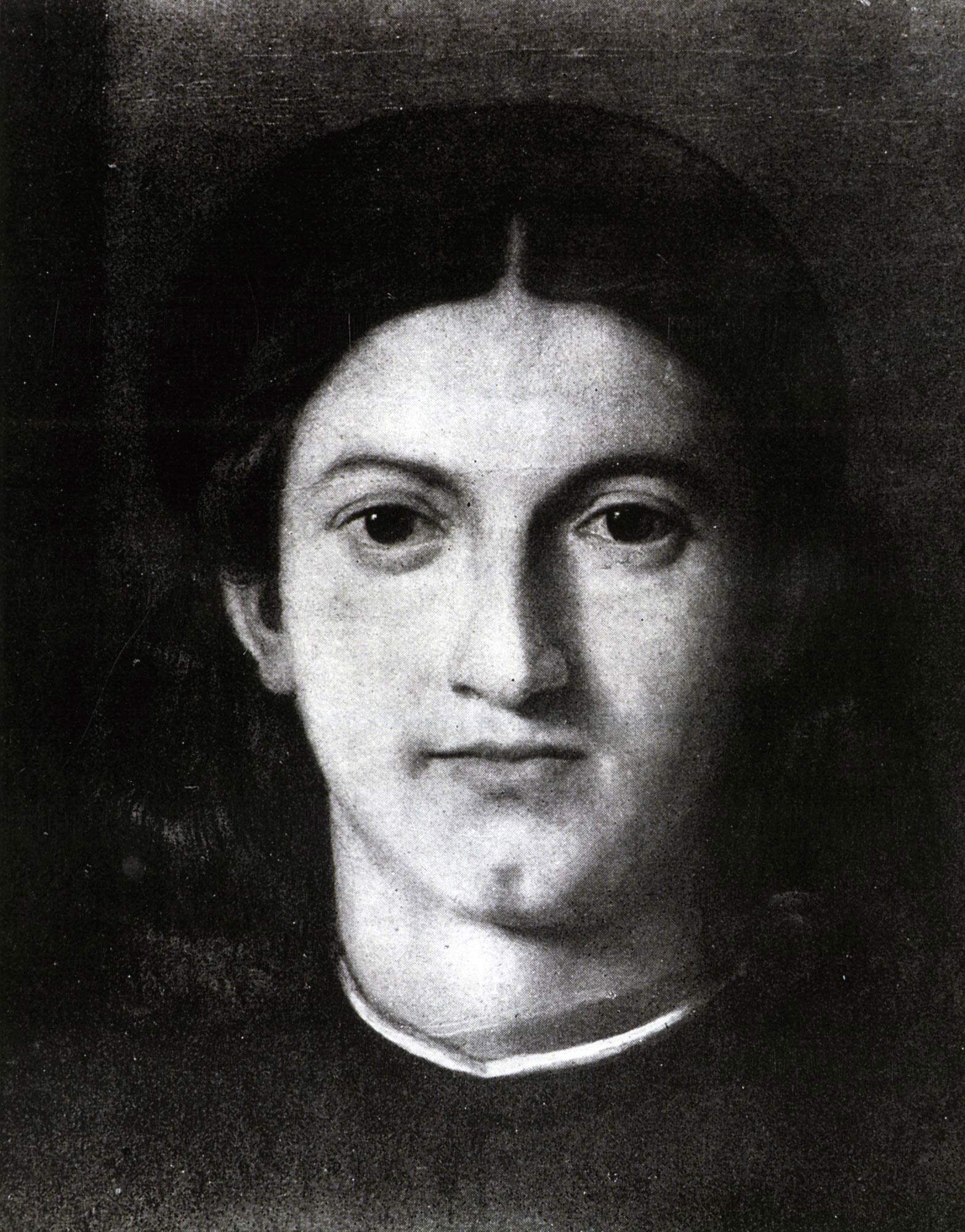
Throughout your production you have often been confronted with an interrupted dialogue with art history, without, however, indulging in the easy citationism in which contemporary artists often take refuge today, as if to exhibit a pedigree, to legitimize their action. How do you assess this trend?
Mind you, when I say that art regenerates itself, it is not because of quotation. Citation is a display of homage or specialized culture. It doesn’t have to be an overt quotation, it has to be something implied. But then it becomes difficult to talk about it, the implicit memory is almost invisible, while the quotation is there on display. One has to absorb the memory of the art, but it is not always detectable, otherwise it is superficial and epidermal, like waving a flag.
You have investigated the role of the artist a lot, including from a social point of view, how has this figure changed over time?
The role of the artist is like that of art: it always renews itself, even if it changes its appearance. The artist is always the same soul that naturally adapts to the life of its time. However, more and more in the eras close to us and in the present, there is a kind of identification on the part of the artist with the problems of society. This is all very well but it is arduous to express it, and it risks becoming a passive commentary on reality or propaganda, a minefield. It may have to wait for some time, the right historical distance.
Instead, how do you assess the health of the art system in Italy?
I think it is acceptable. In the past, people looked up to Northern European countries. Switzerland, for example, was often pointed to as a model to imitate. Today it seems to me that this chasing after models from other countries no longer exists. Instead, what spoils the mood of those in the arts today is that we are often witnessing a gradual decline in tout court, easy effects. When there is an artist or a work that makes headlines you have to go easy, making headlines in my opinion, is something additional, but it is not the essence of the work.
Warning: the translation into English of the original Italian article was created using automatic tools. We undertake to review all articles, but we do not guarantee the total absence of inaccuracies in the translation due to the program. You can find the original by clicking on the ITA button. If you find any mistake,please contact us.




























